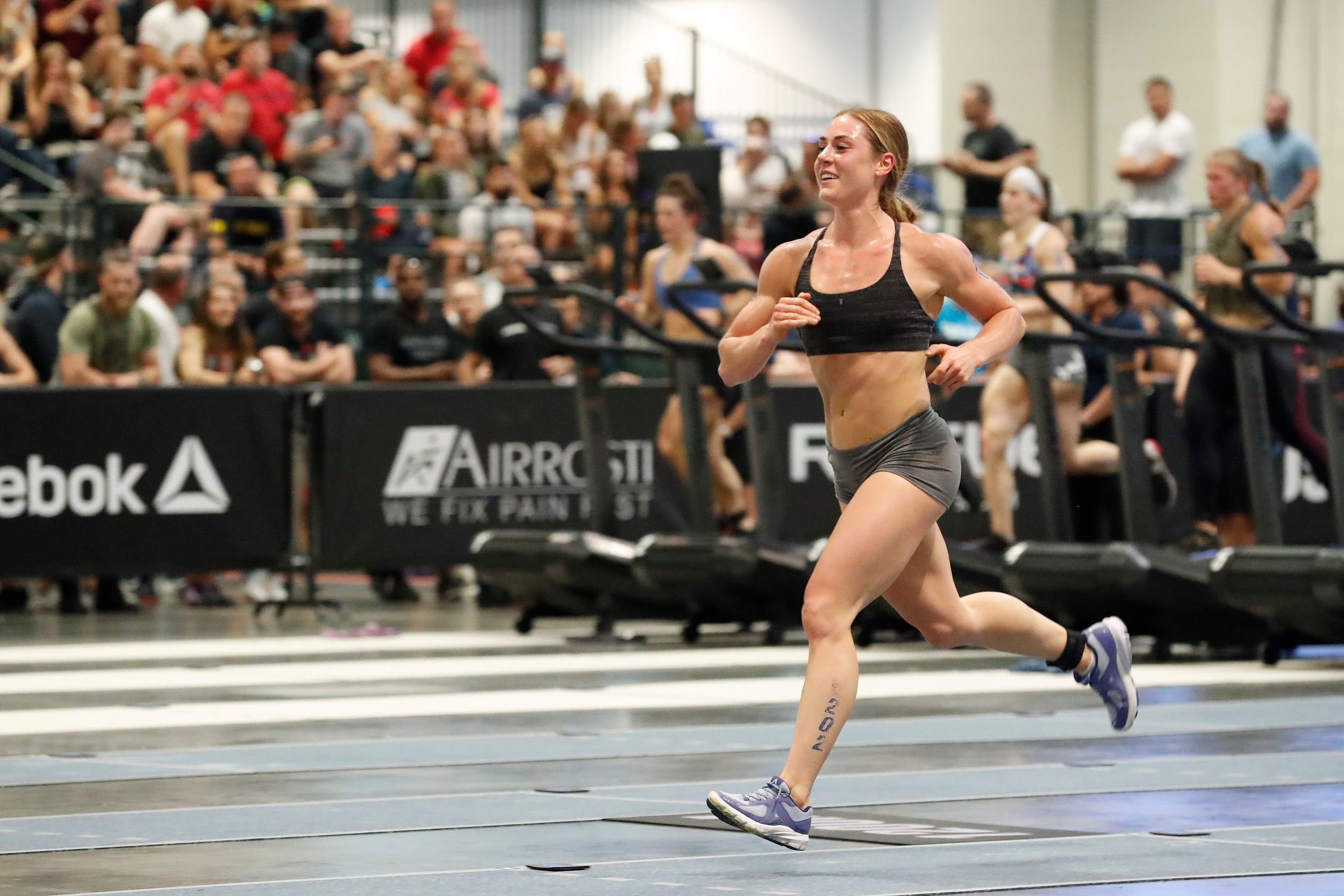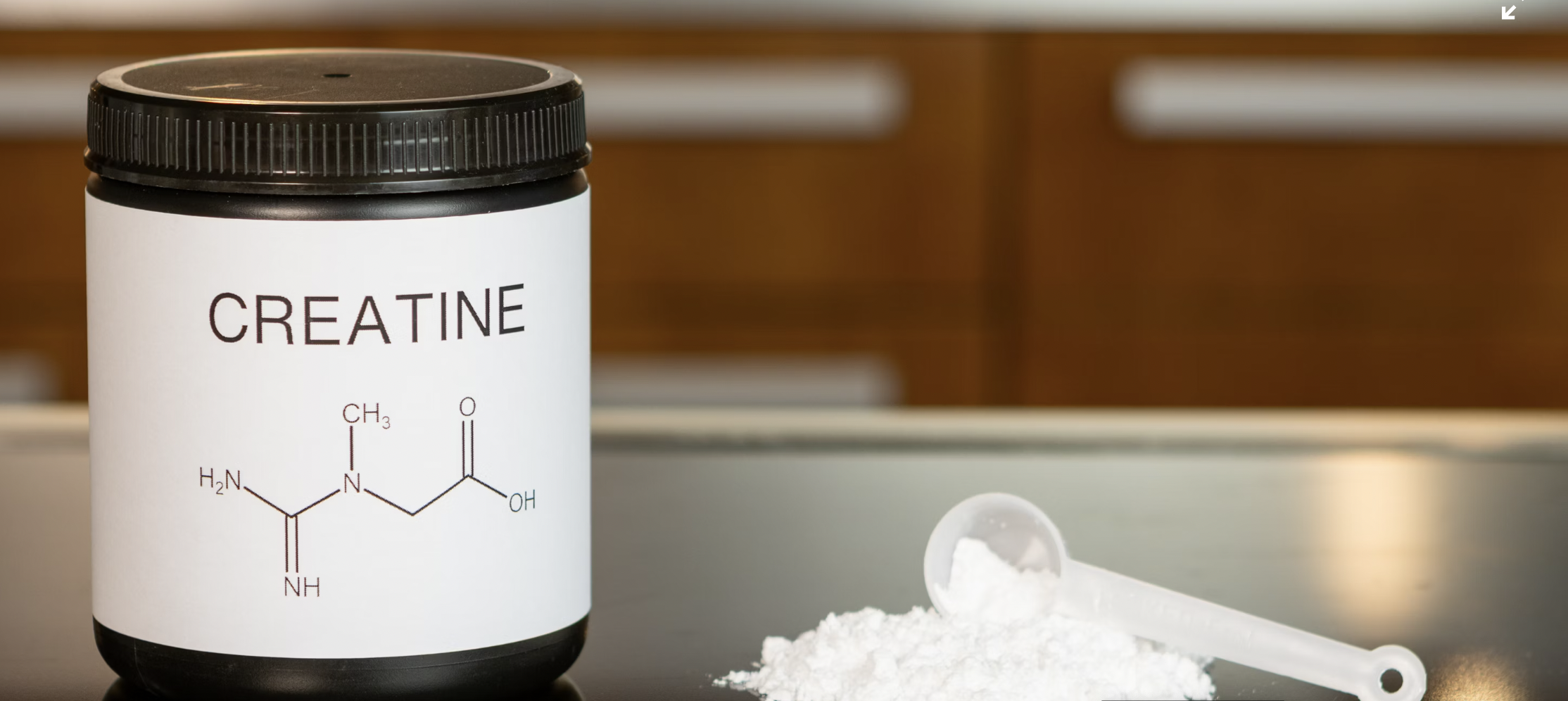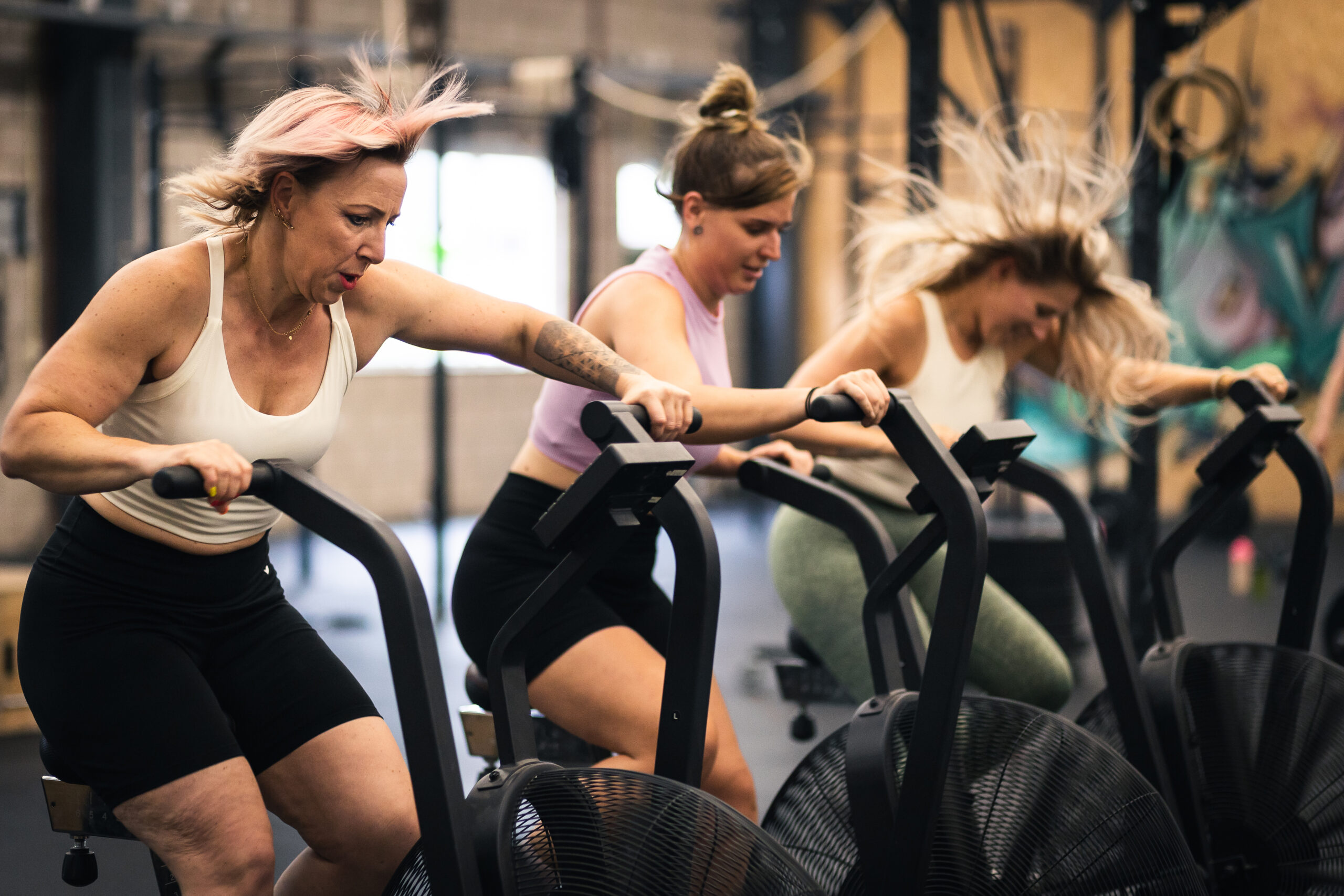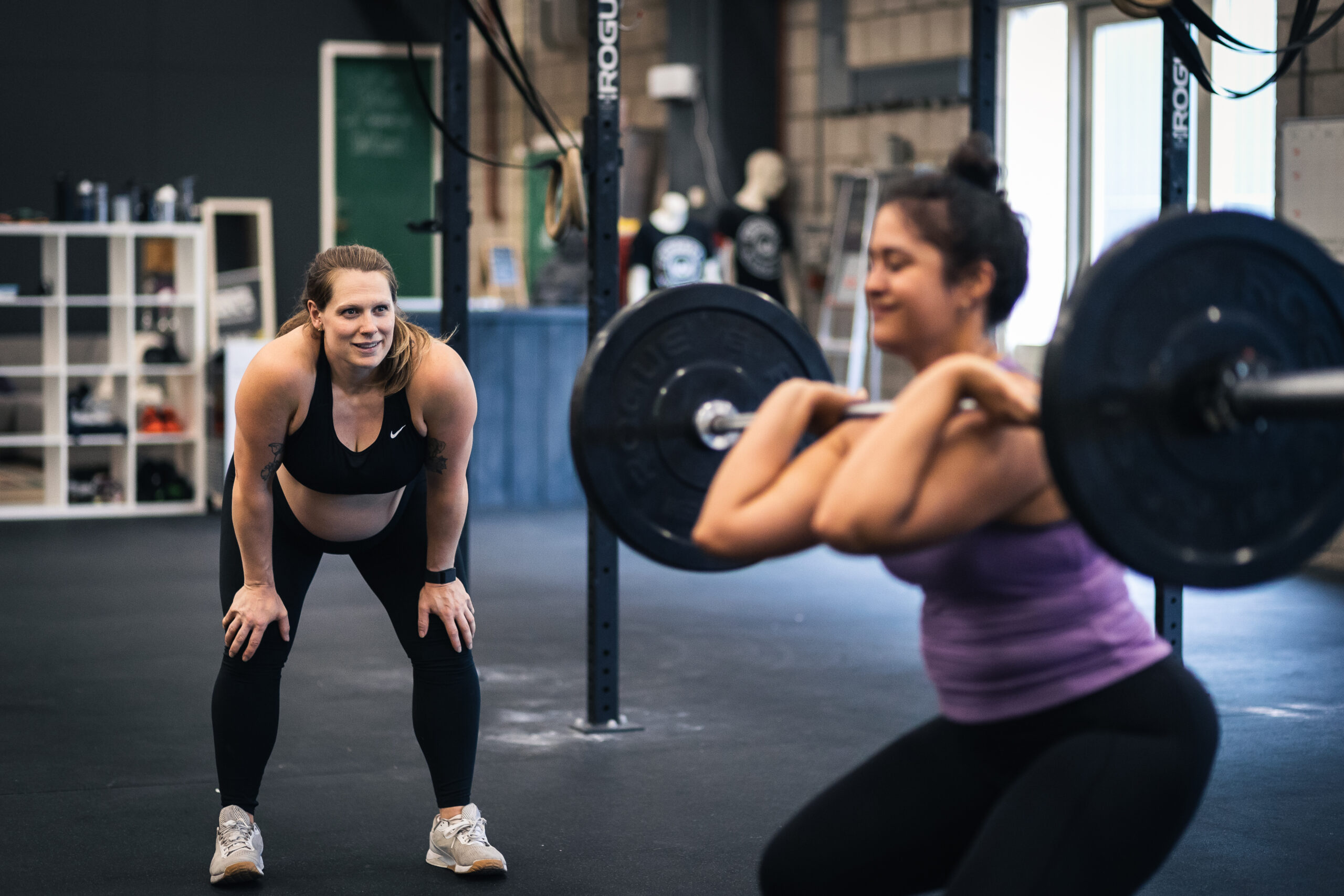
WHY EVERY RUNNER NEEDS STRENGTH TRAINING
If you’re logging kms on the road but neglecting the strength training, here are 5 reasons you might want to start reaching for the weights.
Hint: It’s Not That Scary – I promise.
Diastasis Recti can sound scary, especially if you’re pregnant, postpartum, or navigating your fitness journey during those phases. But here’s the truth: it’s normal, it’s very manageable and it’s nothing to fear.
Let’s clear things up with 5 facts you need to know.
During pregnancy, your abdominal muscles need to stretch to make room for your growing baby. The connective tissue between them—the linea alba—thins and expands to make this room. That’s what we call Diastasis Recti, and by 9 months, 100% of pregnant people will have some degree of it.
It’s not an injury or something to “fix.” It’s your body doing what it’s designed to do.
You can’t stop diastasis from happening, but how you train during and after pregnancy can absolutely affect the severity and your recovery.
Instead of obsessing over which are “safe” vs. “unsafe” exercises (surprise, there is actually no such thing!), we need to focus on HOW you do them. Specifically: managing intra-abdominal pressure.
Look: pressure isn’t bad, we NEED to create intra-abdominal pressure to be functioning, active humans. However, a lot of the ways we typically exercise – like bracing and breath-holding – create additional dress on an already stretching system, so we’ll need to adjust some things.
With the right training strategy, you can stay strong and supported—through pregnancy into your postpartum healing.
Here’s how to support your body post-baby (and long-term):
Your breath is the foundation of core rehab. After pregnancy, many women develop shallow or chest-dominant breathing. Learning to breathe into your ribs and sides engages your diaphragm, pelvic floor, and deep core muscles in balance—creating 360° support for your body.
Poor posture—like constantly tucking your tailbone under or slouching in your lower back—can overload the linea alba. Neutral alignment (your ribs stacked over your pelvis!) allows your core to function efficiently and reduces unnecessary tension on that already-vulnerable tissue.
Tightness in the upper back and ribs can restrict both breathing and core engagement. Simple thoracic mobility work (like rib expansion drills or open books) can dramatically improve how your deep core system functions—and help reduce doming.
Not every gap fully closes. And that’s not a failure… or even necessarily a problem.
Depending on individual physiology, how your diastasis closes is different person to person.
What matters most is whether the tissue has tension and your core is functioning well. You may no longer meet the clinical definition of diastasis (a two-finger gap), even if the separation is still visible. With smart, progressive training, most people regain strength, stability, and confidence in your core —even if the gap doesn’t completely disappear.
Yes, breathing, posture and mobility matter, but they’re just the foundation. Here’s a critical piece of the puzzle that is often missed: you can’t fully restore function without strength training.
heal, they need progressive loading—that means gradually increasing tension and resistance so the tissue can remodel, adapt, and grow stronger again.
Just like any muscle, the core responds to stimulus. Too much too soon = overload. Too little for too long = no progress. The sweet spot? Choosing movements that challenge the core without excessive pressure or compensation. Things like loaded carries, bridges, rows, and supported lifts can all support healing—when done with intention.
Ultimately, the goal isn’t to “heal” diastasis at all —it’s to rebuild a resilient, adaptable body. One that supports you in motherhood, movement, and everything in between. And that requires strength.
Our postpartum journeys don’t need fear-based restrictions—we need awareness, guidance, and just the right amount of challenge. With the right tools, you can train smart, heal well, and feel strong in your body again.

If you’re logging kms on the road but neglecting the strength training, here are 5 reasons you might want to start reaching for the weights.

Here’s what you need to know about taking creatine, from how much to take to all it can do for you as an active woman.

Here’s why all women need to strength train… no matter their goals. Here’s to staying strong through babies, menopause and beyond.

From less pain to better sleep and mood, here’s why prenatal and postpartum strength training makes motherhood easier.